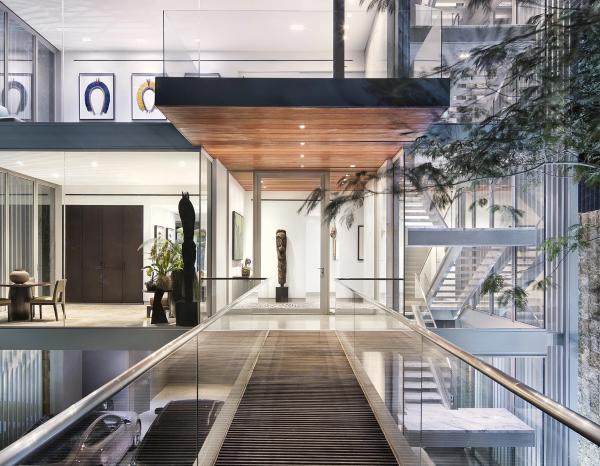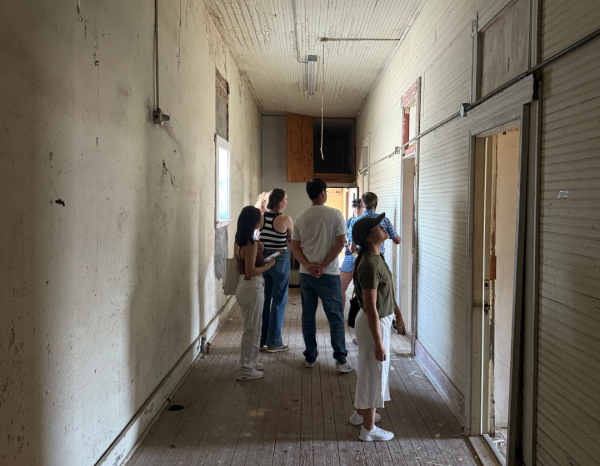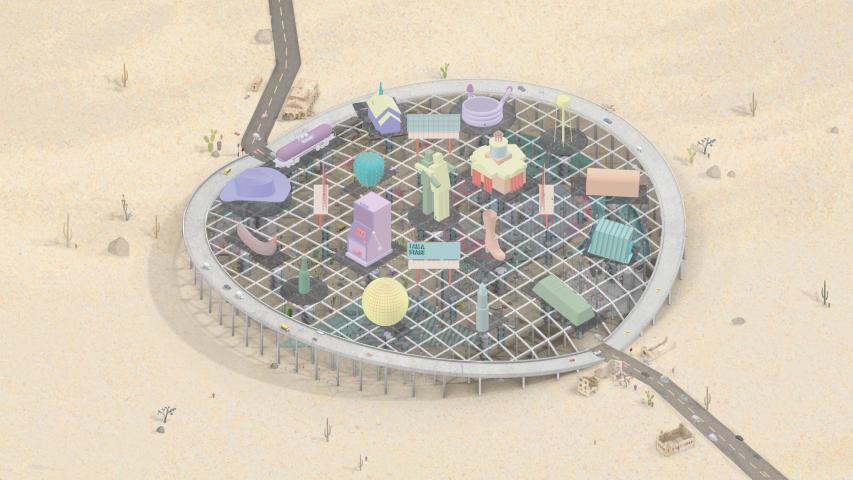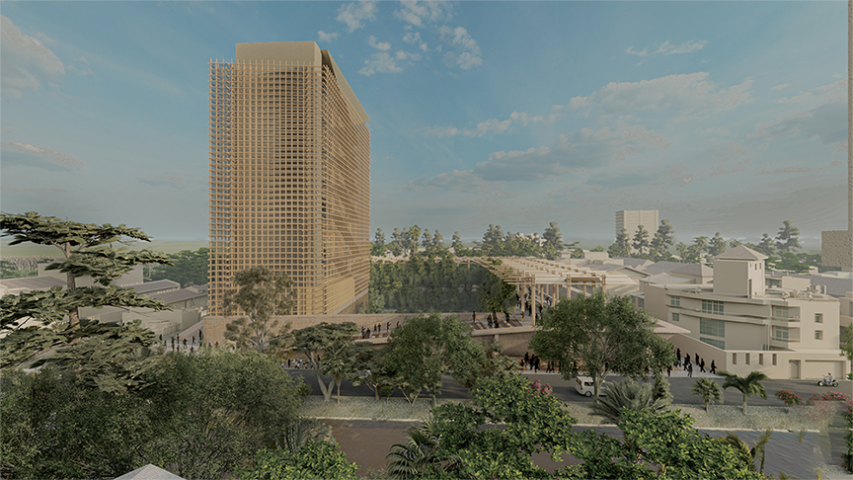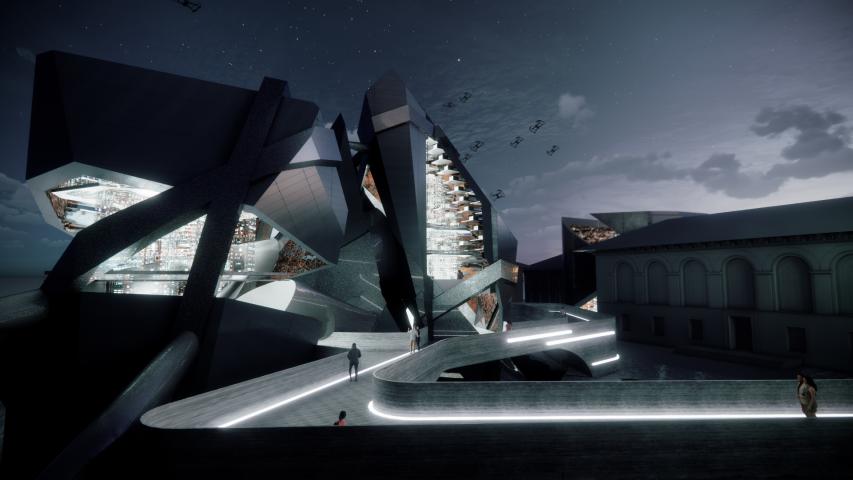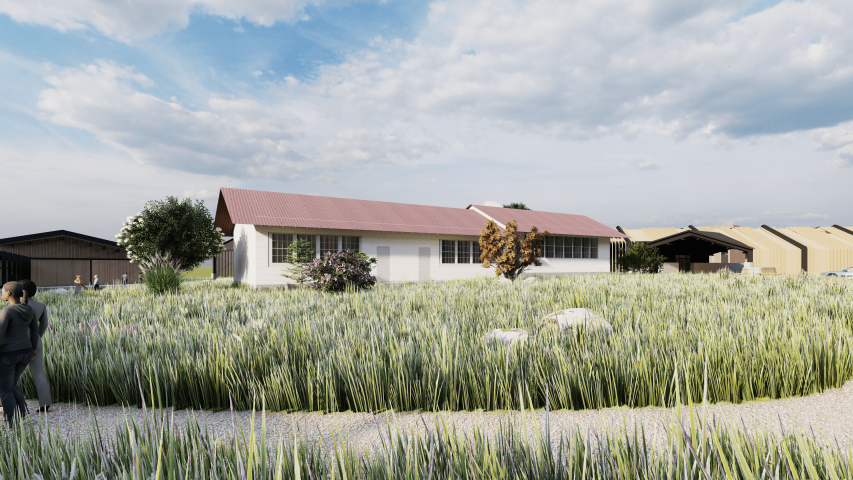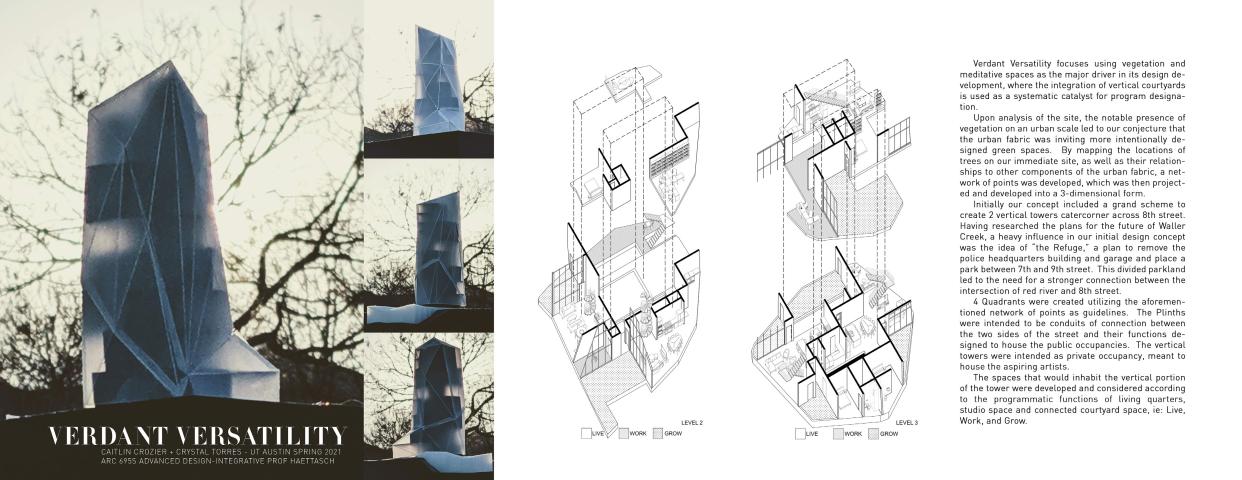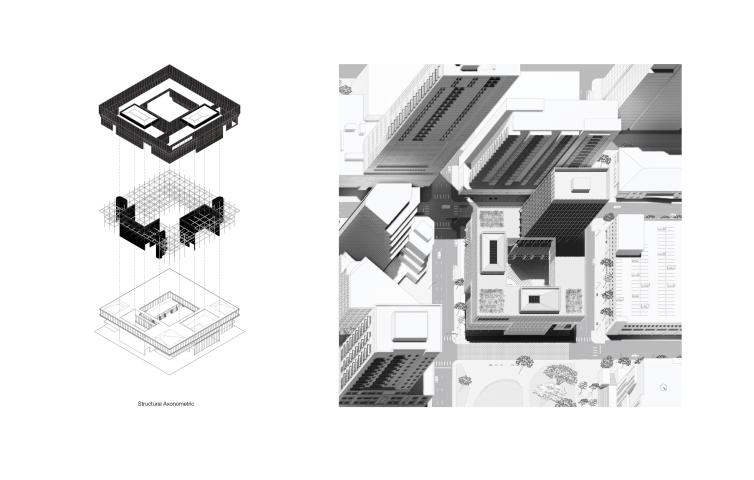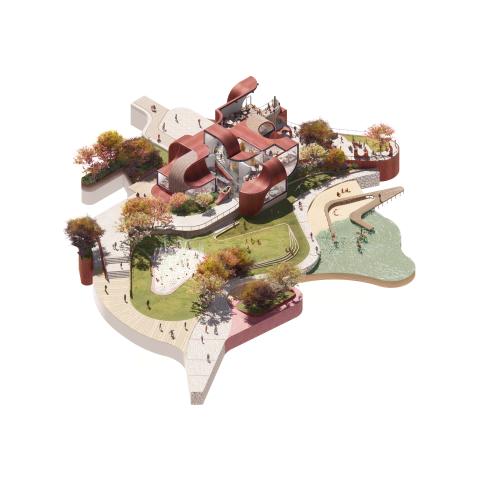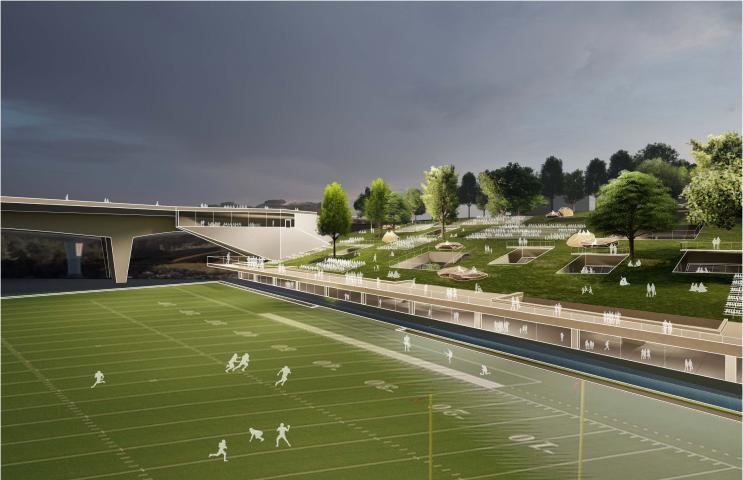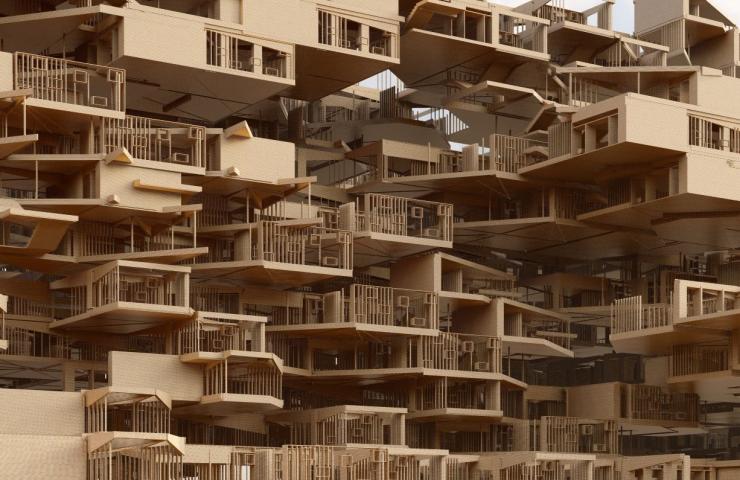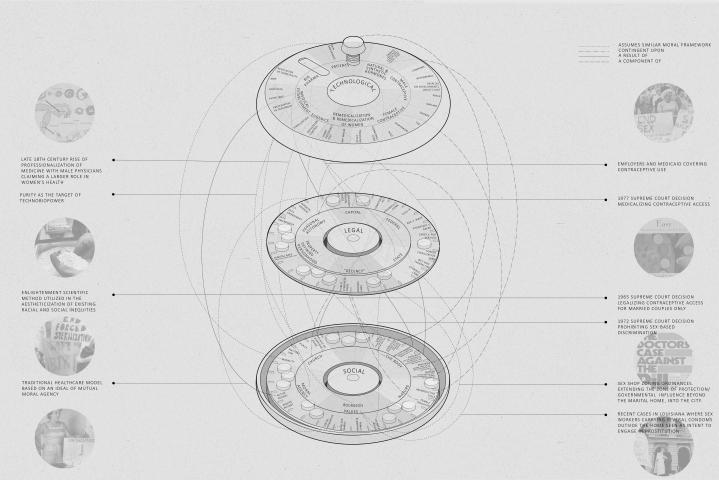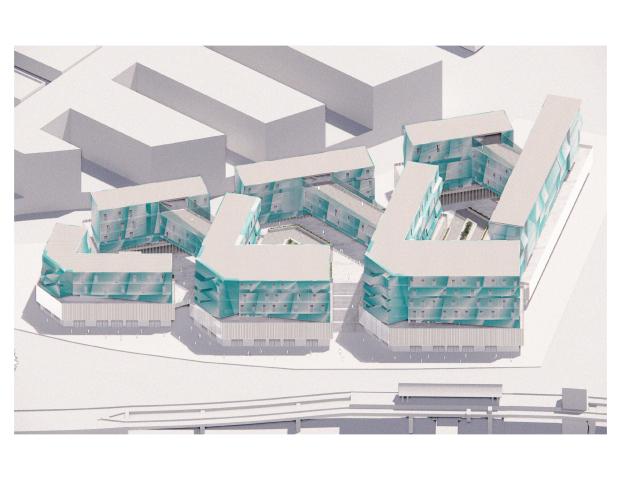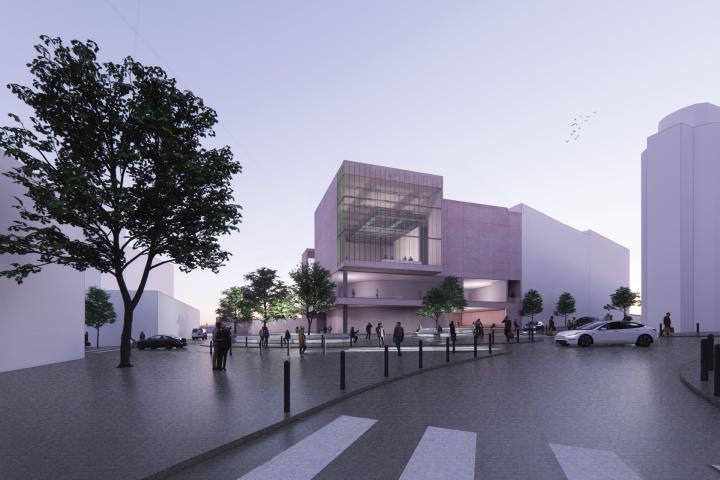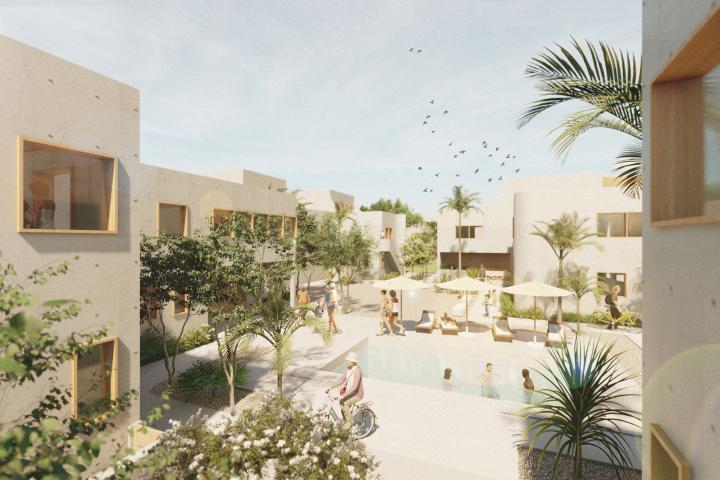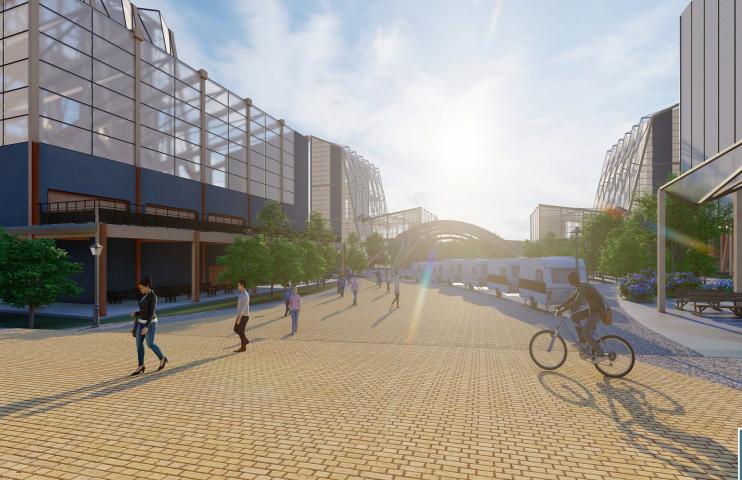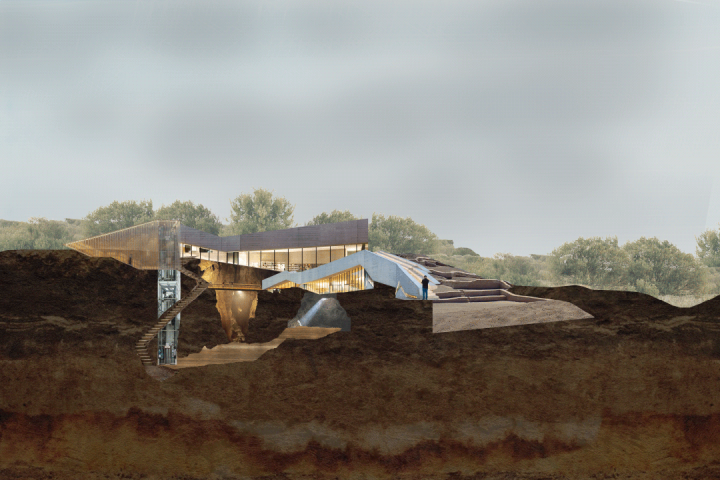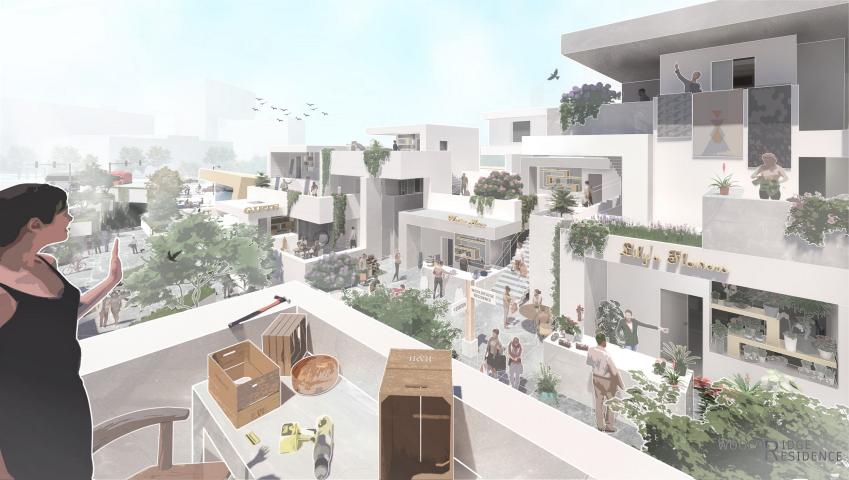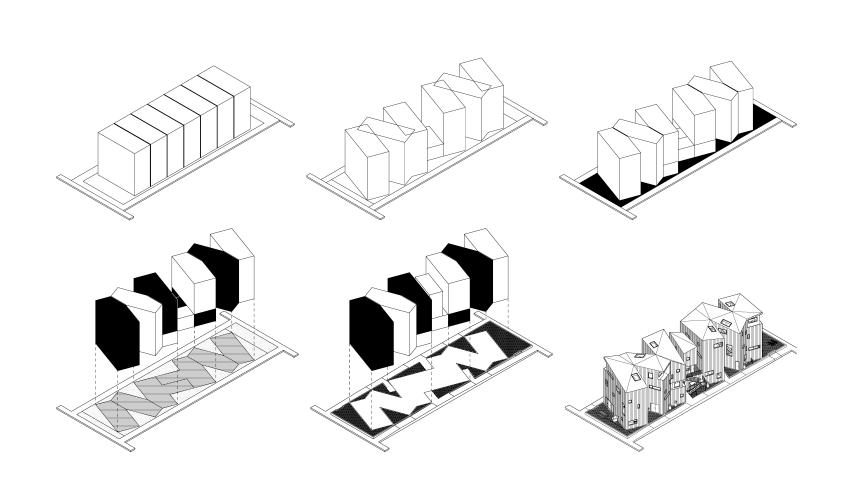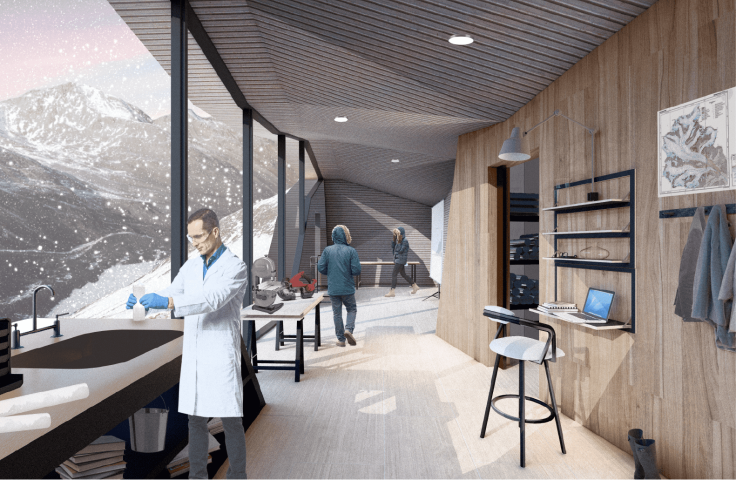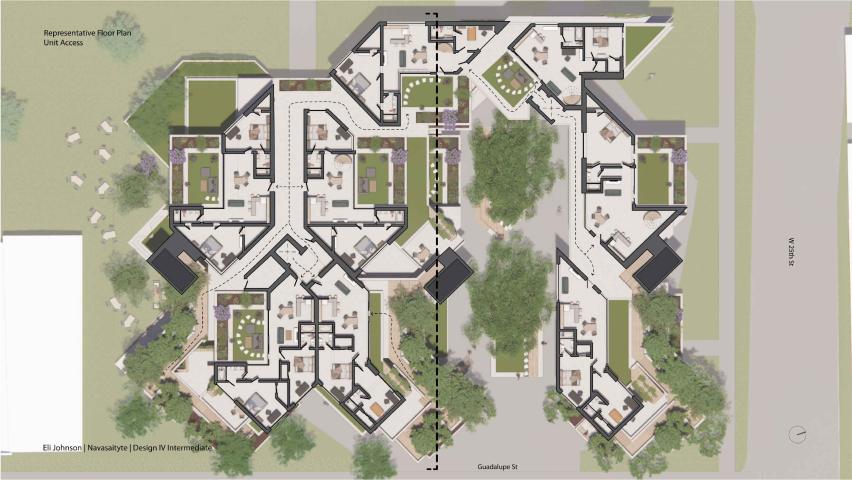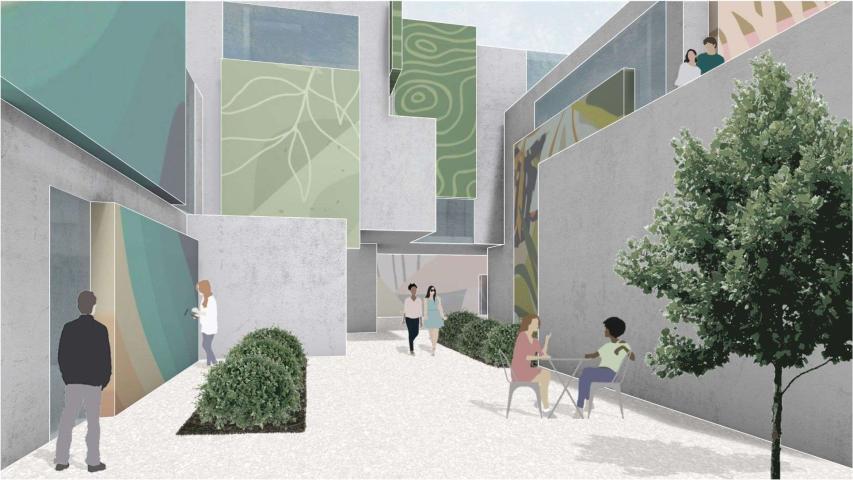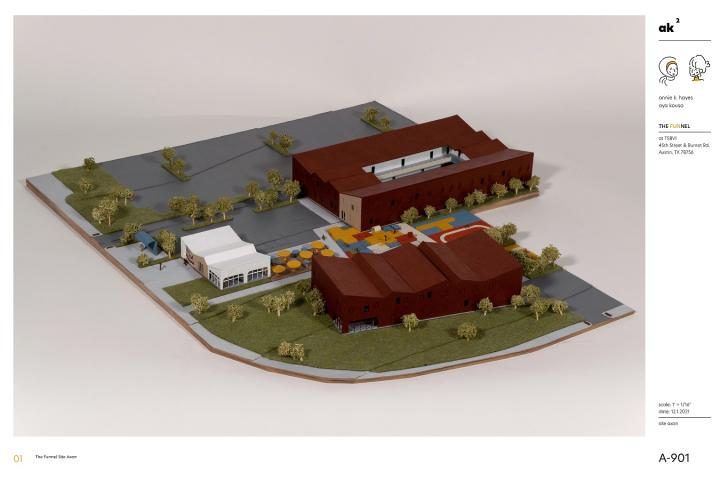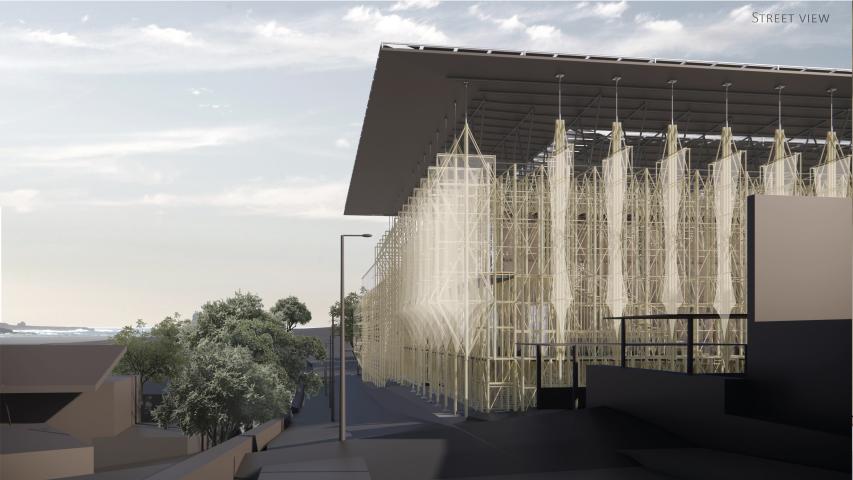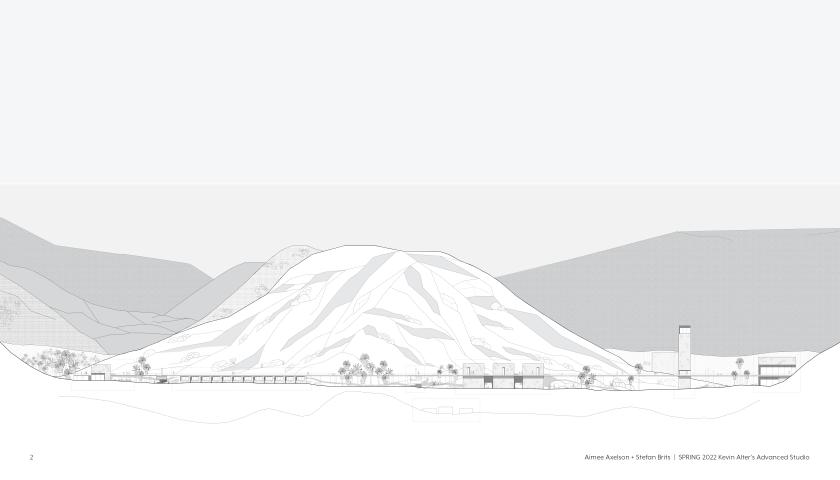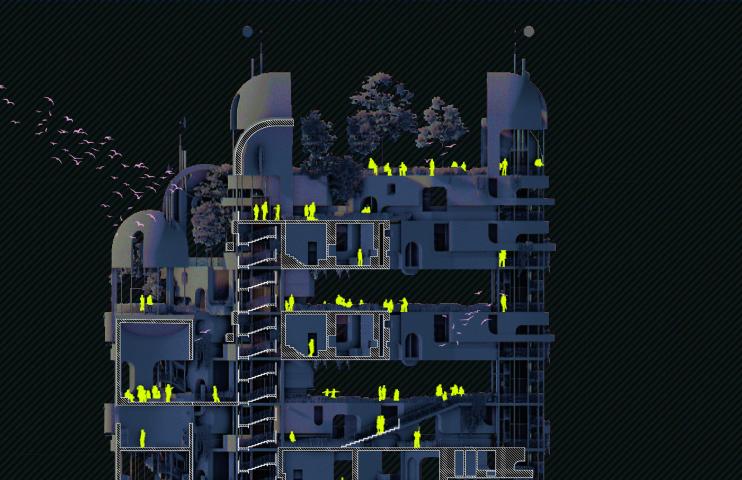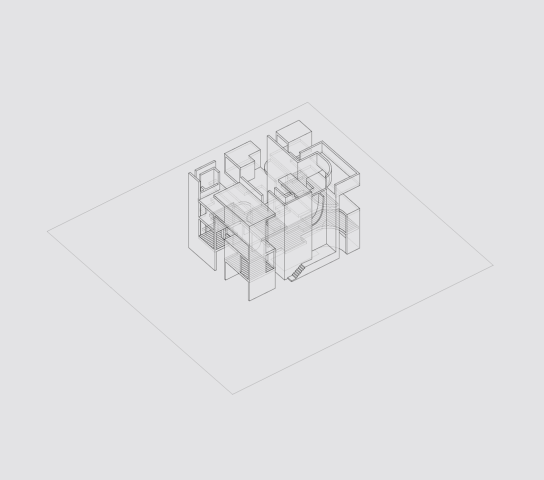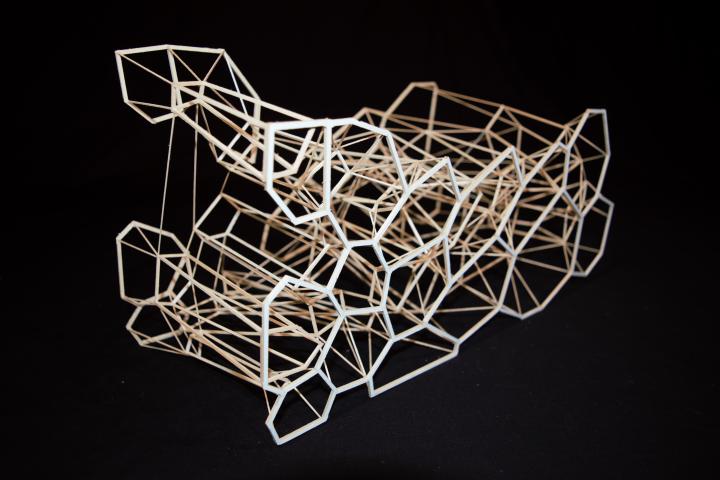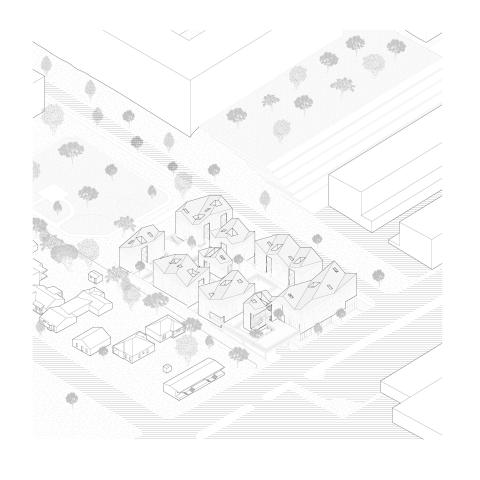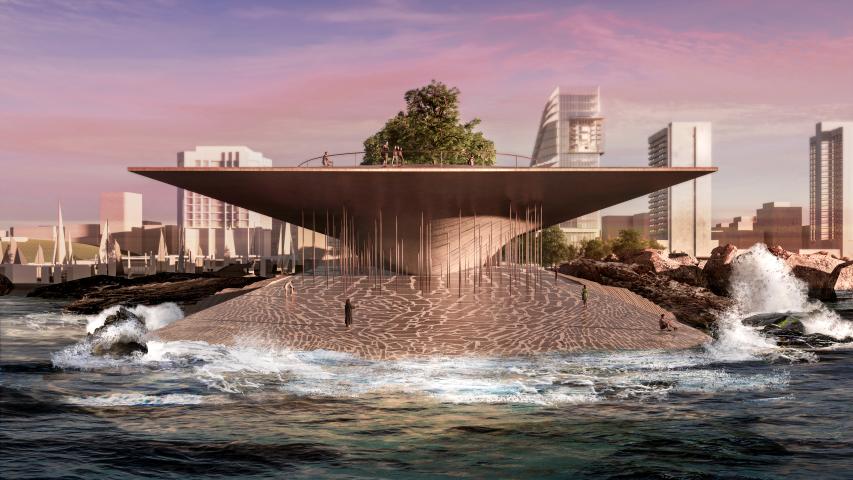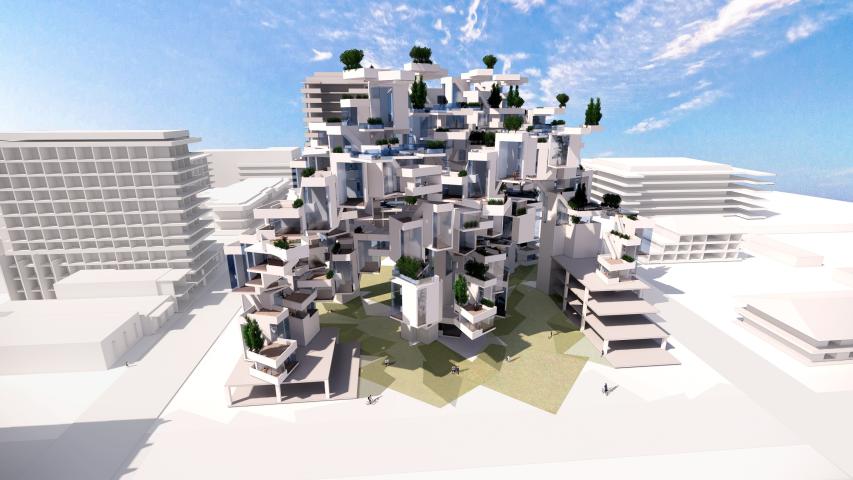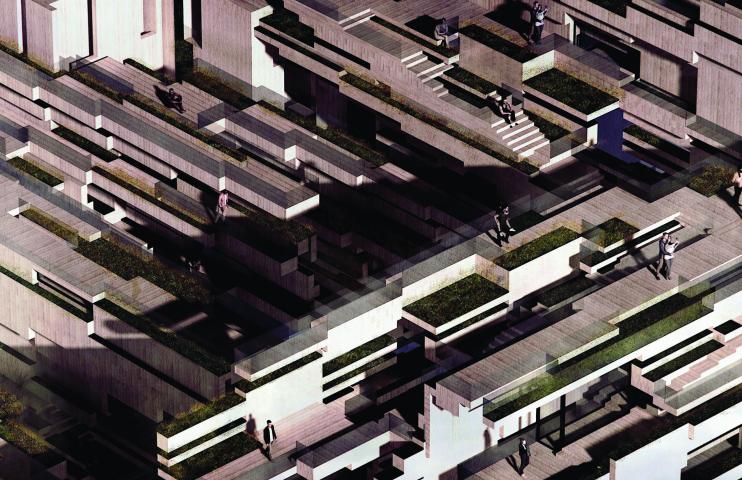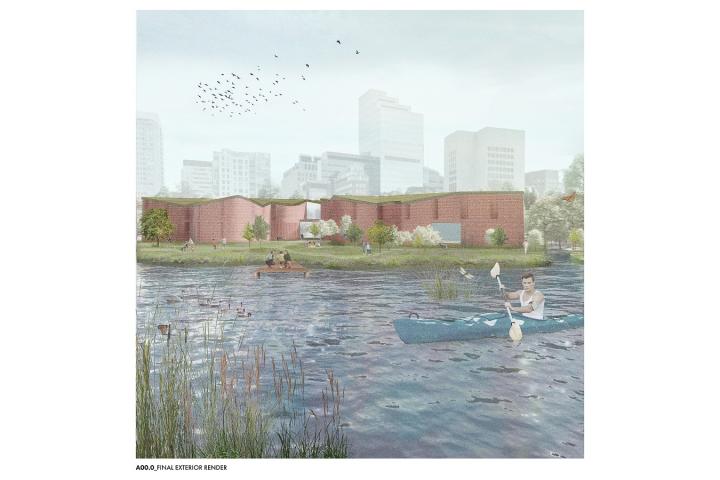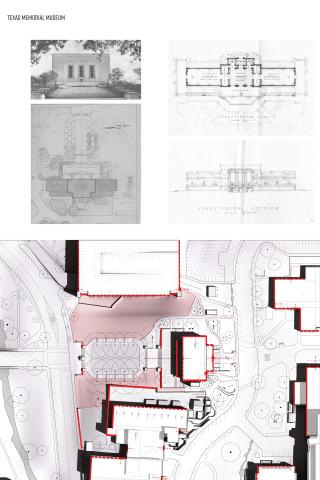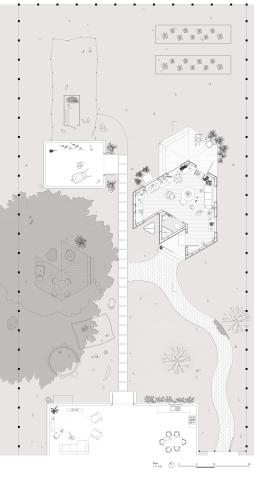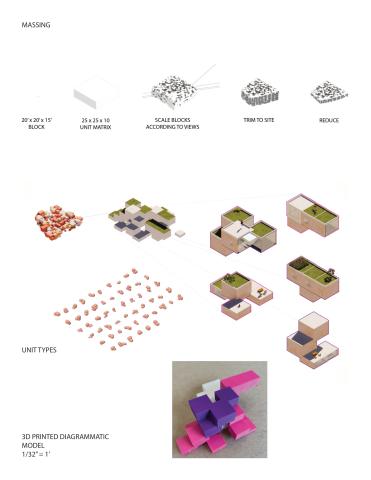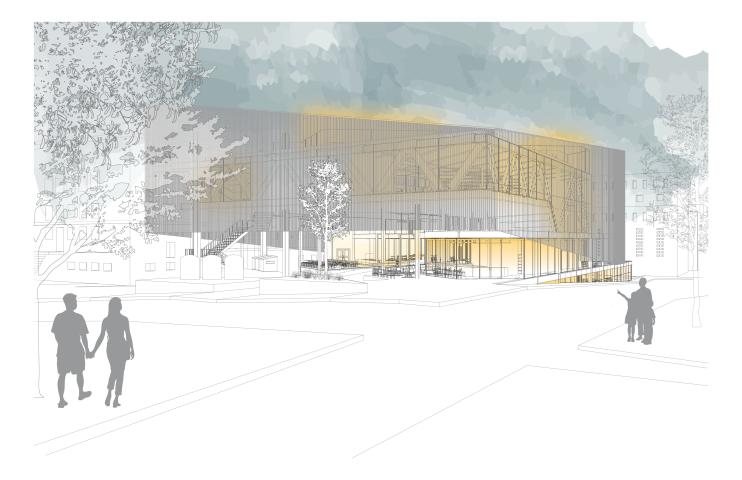The Architecture Program at The University of Texas at Austin values intellectual pursuits and cultural relevance in architectural production. Architecture is a situated practice and realizes meaning through its recognition of social, aesthetic, cultural, and technical contexts. Our teaching and research are founded on a shared interest in ambitious buildings, and we uphold an integrated, close-knit design studio model that encourages dialogue, collaboration, risk-taking, and innovation.
There are diverse perspectives within the school, but, at a glance, our program is distinguished by three notable dimensions of engagement:
CRITICAL PRACTICE
Participation in the creation of realized projects has significantly shaped the architectural community and programs at UT Austin. For over thirty years, our students have joined significant offices around the world as part of our undergraduate and graduate programs for six-month professional residencies. Two Visiting Professorships bring noted architects to the school to teach Advanced Design studios, and a high percentage of our full-time faculty are themselves noted practitioners.
THE AMERICAS
In the last decade, the School of Architecture has enriched its expertise in Latin American architecture with nine faculty whose teaching and research focuses on the region, as well as with a sequence of award-winning publications. Bracketing our expertise in the Americas, our program also addresses our rapidly urbanizing city and state, as well as the influence of the built environment on global environmental and equity issues. In addition to our extensive study abroad opportunities, significant institutional support for global travel is delivered through travel scholarships and Advanced Design Studios focusing on sites around the globe.
BREADTH
The School of Architecture is a non-departmental collection of strong disciplines with a shared belief in the potential of collective action. Our faculty and students engage in interdisciplinary design studios, seminars, and research, bridging our internal programs as well as other disciplines across the UT Austin campus and beyond. Students in the Architecture Program have the opportunity to take courses and work collaboratively with colleagues in the school's allied disciplines.
Architecture
DEGREES + PROGRAMS
The Architecture Program at the University of Texas as Austin offers two graduate-level degrees, four undergraduate degrees, and a Ph.D. in Architecture with three areas of concentration
| UNDERGRADUATE | GRADUATE | PHD |
|---|---|---|
| Ph.D. in Architecture |
NEWS
ARCHITECTURE STUDENT WORK
Click the images below for project details.
FOLLOW US
- Instagram Post
 @utsoa
@utsoaMetabolizing the Athenian Polykatoikia 🇬🇷 🏙️
Assistant Professor of Practice @kyriakoskyriakou’s Fall 2025 advanced studio led students to explore this remarkable post-WWII Athenian infrastructure and its potential as an adaptable skeleton for future use.
Instagram Post @utsoa
@utsoaHappy holidays from UTSOA 🤍
Instagram Post @utsoa
@utsoaHead to the 🔗 in our bio to learn more about Rad & De's projects!
Instagram Post @utsoa
@utsoaThat's how it's done 👏 👏 👏
.
.
.
.
.
.
.
.
Congratulations to our students on their successful Final Reviews! Whether it was your first review, last or somewhere in the middle - we're so proud of all your effort & innovation this semester.Instagram Post @utsoa
@utsoaPlotting our next move ❌⭕️ enjoy a well-deserved break and come back ready to finish the semester strong!
Instagram Post @utsoa
@utsoaAdmiring the views 🍂 🌆
Architecture student Stella Stambaugh traveled from UT Austin to Oslo, Norway to work with @spinnarkitekter as part of @utsoaprp.
Instagram Post @utsoa
@utsoaNestled in central-southern Mexico lies the Tehuacán-Cuicatlán Valley, one of the world’s most remarkable biodiversity hotspots and a landscape deeply connected to the origins of Mesoamerica.
Instagram Post @utsoa
@utsoa@miroriveraarch gives the environmental and cultural contexts of each of their projects the utmost respect.
Instagram Post @utsoa
@utsoaSymposium scenes 🍃
.
.
.
.
.
.
Organized by UTSOA faculty:
Ria Bravo - @riabravodesign
Tara Dudley - @tdudleyphd
Nerea Feliz - @feliz_nerea
Allison Gaskins - @allisonhgaskins
Clay Odom - @studiomodo
Igor Siddiqui - @isssstudio


